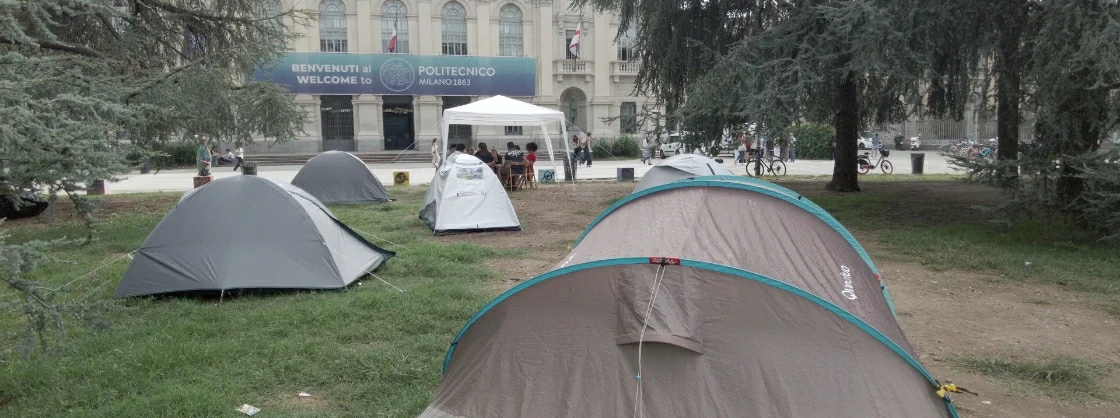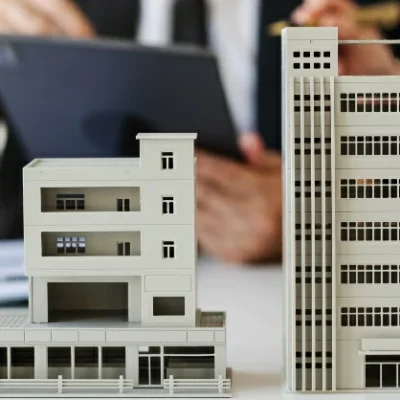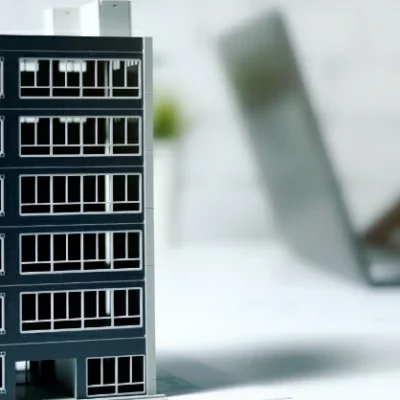Euro funds, vacant buildings to tackle student housing crisis in Italy

Table of Contents
Key Highlights:
- There is a major shortage of affordable student housing in Italy, with universities providing less than 5% of the beds needed for out-of-town students. This has sparked widespread student protests demanding solutions.
- The Italian government has allocated €960 million in EU recovery funds to create an additional 56,000 student housing places by 2026. However, students argue more financing is needed.
- Cities like Milan are tapping into vacant public housing units to create affordable accommodation. However, students oppose displacing other low-income groups needing housing.
- Several universities are using government and EU funds to build thousands of new dorm rooms and beds on existing campuses over the next few years.
- There are calls to convert unused public buildings into affordable student residences instead of building private luxury accommodations. However, keeping rents low poses financial and logistical challenges.
News in Detail:
A severe shortage of affordable student housing has sparked widespread protests across Italy. Specifically, universities provide accommodation for less than 5% of the 764,146 out-of-town students, according to 2022 data from the National Council of University Students. In contrast, 36,478 beds exist in publicly run residences nationwide. Therefore, the vast majority of non-local students must find housing in the more expensive private market.
In response, student demonstrations erupted in over 25 cities during October. For example, an engineering student pitched a tent at the Polytechnic University of Milan campus in May, claiming unaffordable rents elsewhere. Subsequently, similar protests emerged at universities across Italy as students demanded solutions.
Consequently, the right-wing government faces pressure to efficiently utilize the €960 million allocated for higher education housing in the National Recovery and Resilience Plan. In particular, this financing comes from the European Union’s Recovery and Resilience Facility. The European Commission furthermore states that this funding should expand accommodation from 64,000 to 120,000 places by 2026.
However, a recent survey of 20,000 students by student organizations uncovered difficult housing circumstances. For instance, 56% called rents too expensive and 47% described substandard living conditions in available units. Additionally, 41% emphasized the challenge of securing appropriate housing.
As a result, most students live one to two hours from campus in less costly suburbs and municipalities. Reports show rents in Milan average €630 monthly for a single room, reaching €760 downtown. In comparison, rooms in Bologna and Rome average €500 per month.
Accordingly, the city of Milan introduced a plan for 600 new low-cost beds renting from €250-350 monthly. Specifically, this involves refurbishing vacant units in municipal complexes, co-funded by €10-15 million from the city and EU recovery monies. However, students argue this displaces other disadvantaged groups also needing affordable accommodation.
Meanwhile, universities are utilizing government and EU finances to construct thousands of beds. For example, Rome’s Sapienza University opened a new 166-room residence in June. Likewise, the University of Milan recently announced 208 new beds, adding to its existing 1,193 beds and 1,100 additional places planned. Thanks to EU funds, Turin and Novara have added 500 beds as well.
Nonetheless, students criticize an overemphasis on costly private dorms. Therefore, universities call for increased collaboration between institutions, governments and businesses to achieve the target of 51,500 new affordable beds by 2026. They also advocate making unused public buildings available to house students. However, keeping rental rates below market prices brings economic and logistical difficulties that require careful consideration.
Conclusion:
A severe shortage of affordable housing for Italy’s 764,146 out-of-town university students has sparked nationwide protests. In response, the government has allocated €960 million in EU recovery funds to build 56,000 new low-cost student housing units by 2026. However, students argue far more investment is needed, while cities face logistical issues converting vacant buildings and keeping rents under €500 per month.






